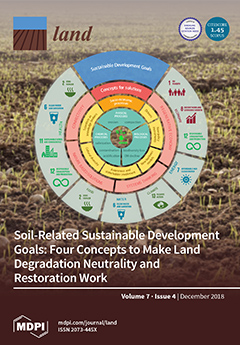Resource information
There is extensive scientific evidence that both adaptation and mitigation are essential to address the problem of climate change. However, there is still limited knowledge about the possibilities for exploiting the interrelationships between these measures in the design and implementation of climate change activities. In this paper, first the adaptation–mitigation dichotomy and definitions of adaptation and mitigation are discussed. This is followed by a comprehensive scrutiny of the perceptual overlaps and distinctions between adaptation and mitigation, which include a meta-analysis of synergies and trade-offs between adaptation and mitigation in the agriculture and forestry sectors. The analysis shows that activities greatly depend on their context, design and implementation, so actions have to be tailored to the specific conditions, as few, if any, outcomes are universal. The analysis also indicates that the forestry sector delivers more synergies and has more trade-offs when compared to agriculture, which could be because of the fact that forest areas contain significantly more carbon, but at the same time they also compete with alternative land-uses. The article closes by going through a list of research gaps related to the linking of adaptation and mitigation and by providing implications for climate change policy.


